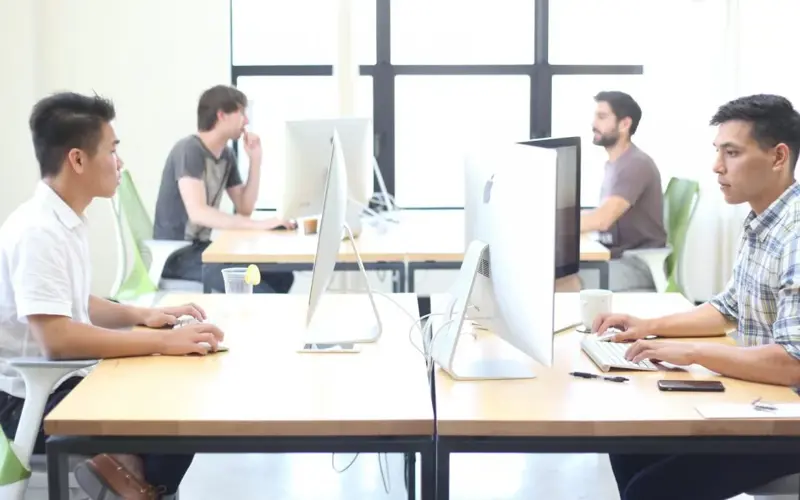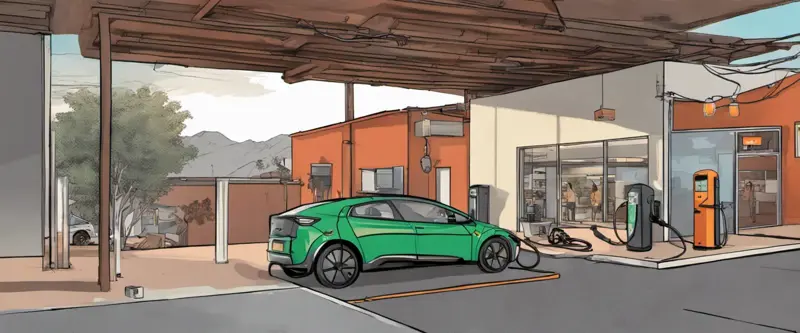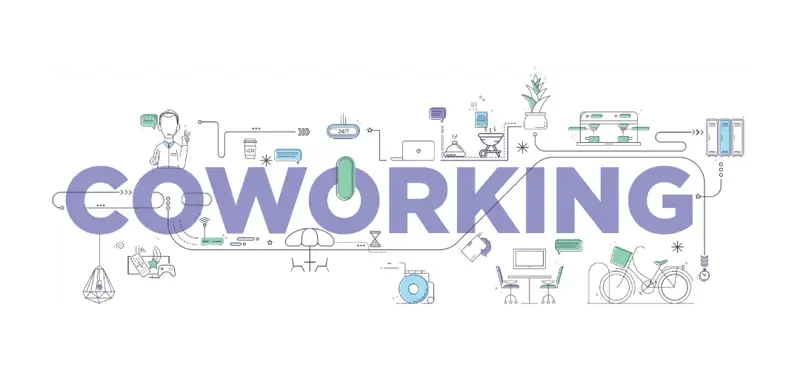Hub-and-spoke – The Office of the Future

It’s been said that hub-and-spoke is fast becoming the office model of the future.
Having one giant location downtown is all but gone. Most new businesses requiring office space are moving toward the hub-and-spoke model, having one main, central office (the hub) along with several small satellite offices (the spokes). Working both at home and at an office is hybrid working. This is the now.
How does a hub-and-spoke work?
The hub-and-spoke model offers a centralized hub, while also providing the choice of spokes to work from. Spokes can be any place that a person can do their job; sometimes even the local coffee shop will be a spoke office for businesspeople. As a result of the pandemic, many peoples’ homes have become the spoke for thousands of businesses. It’s very common now to find that not only is the small business owner working at home, but also anyone and everyone that can, including bankers, receptionists, doctors, and more!
A spoke can be a small sub-office, or an individual person. Deciding where to have an official spoke can be decided by an individual, or the size and proximity of a larger company to its employees. If a company has enough personnel in one area or town, it makes sense to expand into an additional location. These multiple locations are the spokes, while the hub, headquarters or simply HQ is often the first location of many.
The future however, is evolving to have even more spokes, and in some instances no true hub, or maybe a much smaller hub than in formerly. It’s a great approach for a company to offer a different location, or change of scenery for their employees. It can often also benefit the company by being more available to their market, and even by being able to pivot meeting locations to meet the needs of their clients.
By providing a choice to reduce commutes and encourage autonomy in the workplace businesses can increase productivity and therefore, their bottom line. By having varied spoke offices or campuses in different locations, it further widens the pool of talent from which to hire, allowing businesses to find candidates that may not have considered a position previously because it was too far away, or didn’t allow remote workers. Working remotely is the new norm, it’s been proven to be effective, is accepted, and is here to stay.
Technology
In a hub-and-spoke model however, technology is key. A hybrid work model doesn’t work without blazing fast internet speeds that are also provided in secure locations. If an employee has a laptop that isn’t functioning, they may additionally require a computer. Or, when there is need for scanning, printing, shredding or teleconferences, it’s important to have the resources available to make all of that happen, and in a timely manner.
Work Policies
Companies that have a flexible, or semi-flexible work policy to work-from-home or elsewhere, by definition, already have a hub-and-spoke model. Having and allowing that flexibility, a company can be dynamic in the workforce of the future. Instead of only going into the office it’s somehow more exciting to leverage various spokes for benefits such as these resources as well as further engagement and other business opportunities.
Why is coworking the new hybrid spoke?
Employees everywhere have been asking for, and more recently are demanding flexibility. Businesses need to offer solutions that work well for both the businesses and its people. Companies need to meet employees where they live. Creating a hub-and-spoke system and allowing hybrid workers in a coworking location makes that possible and can even give the company a necessary branded experience when that is what is needed.
Companies everywhere realize that space is only as valuable as you use it. For expensive spaces to lie empty half of the time or more, costs businesses money. It’s not only the result of the COVID-19 Pandemic, but also consider a simple office that is empty when employees are sick or on vacation, or the conference room that lies in wait for the next important meeting. This real estate equates to dollars and cents, and businesses with sense are realizing there’s no need to be paying so much for all of this empty space, when those expenses and resources could be shared with other companies! This is where coworking comes in—the sharing of space and resources fits the bill, when it comes to adding spokes to any office based company.
What will the office of the future be like?
The office of the future is experience based. As employees, businesses, and independent contracts leave their homes they are asking for communities and events. It’s human nature to not want to be alone and to want to build relationships, and it’s important to general health and wellbeing to move around throughout the day, and see and feel the sunshine. Being cooped up in an office with the door closed is a thing of the past. The experience of seeing and meeting new people, and participating in different events, will bring longevity and joy to the workplace and a person’s life. This in turn will equate to better productivity and overall company growth.
The office design of the future needs to take peoples’ needs and wants into consideration. A private office may not be the perfect fit for everyone, or even the introvert every day of every hour. Likewise, the open floorplan might be too loud and distracting, even for the extrovert.
So, allowing people the ability to decide what works best for them, whether it’s a laptop at a desk or literally on their lap while they put their feet up, is a wonderful benefit more and more companies have discovered.
The mobility and accessibility to different rooms, both private and collaborative, or an inside or outside space with a view, or without is subjective to the individual, what the individual is working on, and even the mood someone is in. In most cases, employees prefer to not come in full time. This eliminates the need for a dedicated desk. Instead, in a coworking spoke office, an employee has a choice of where they want to work for the day, depending how they feel or what they need to get done that day or even at that moment.
The future of work is personal. The key to the office of the future is supplying the necessary resources that provide the company and their employees what works for them, and that means variety. With shifts from office to home, to hybrid work, the hub-and-spoke coworking office model makes sense and empowers workers to determine where and when they work best.







